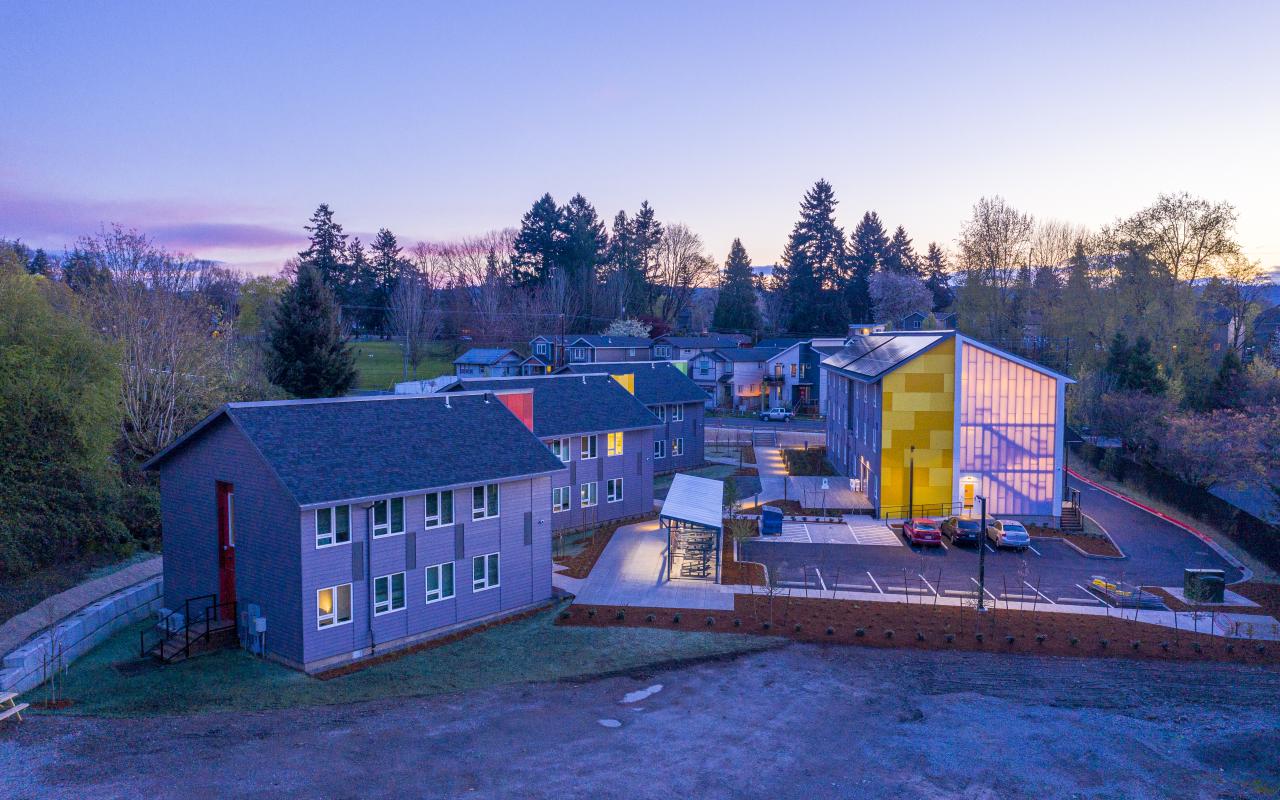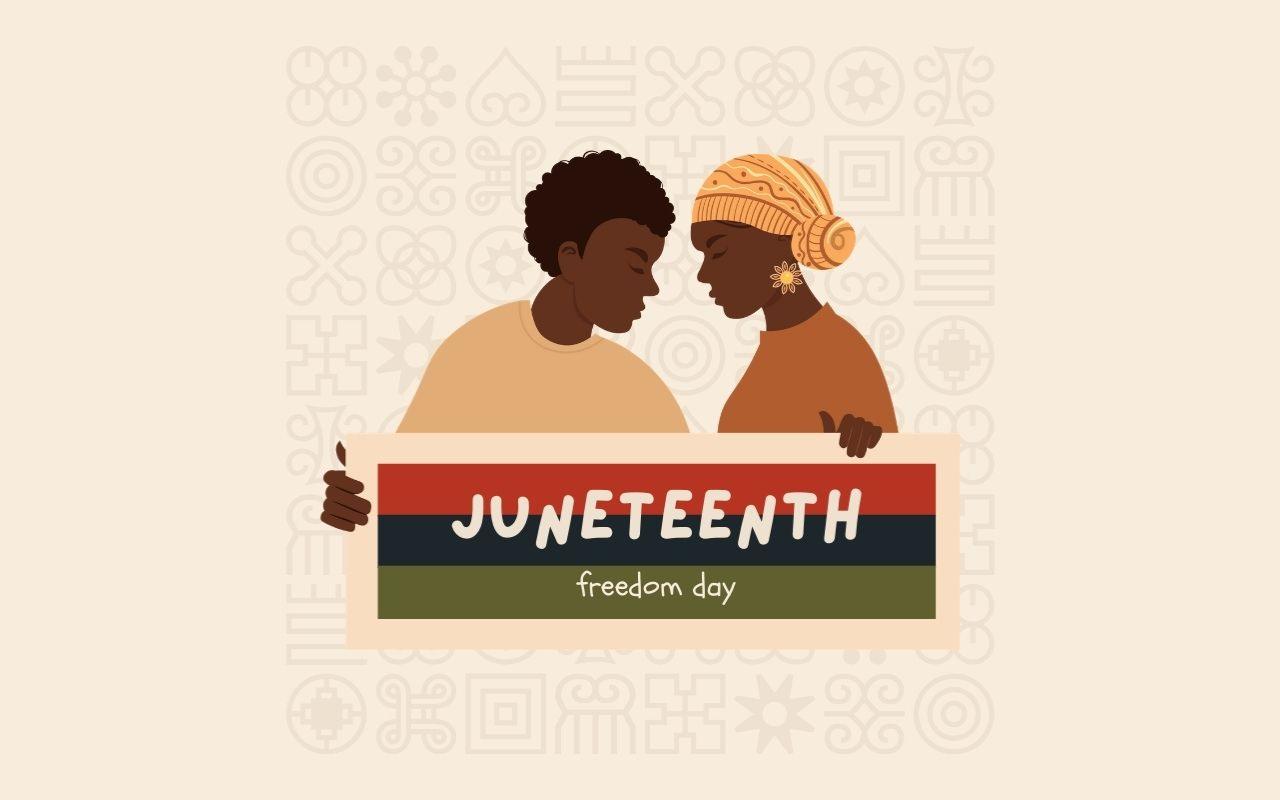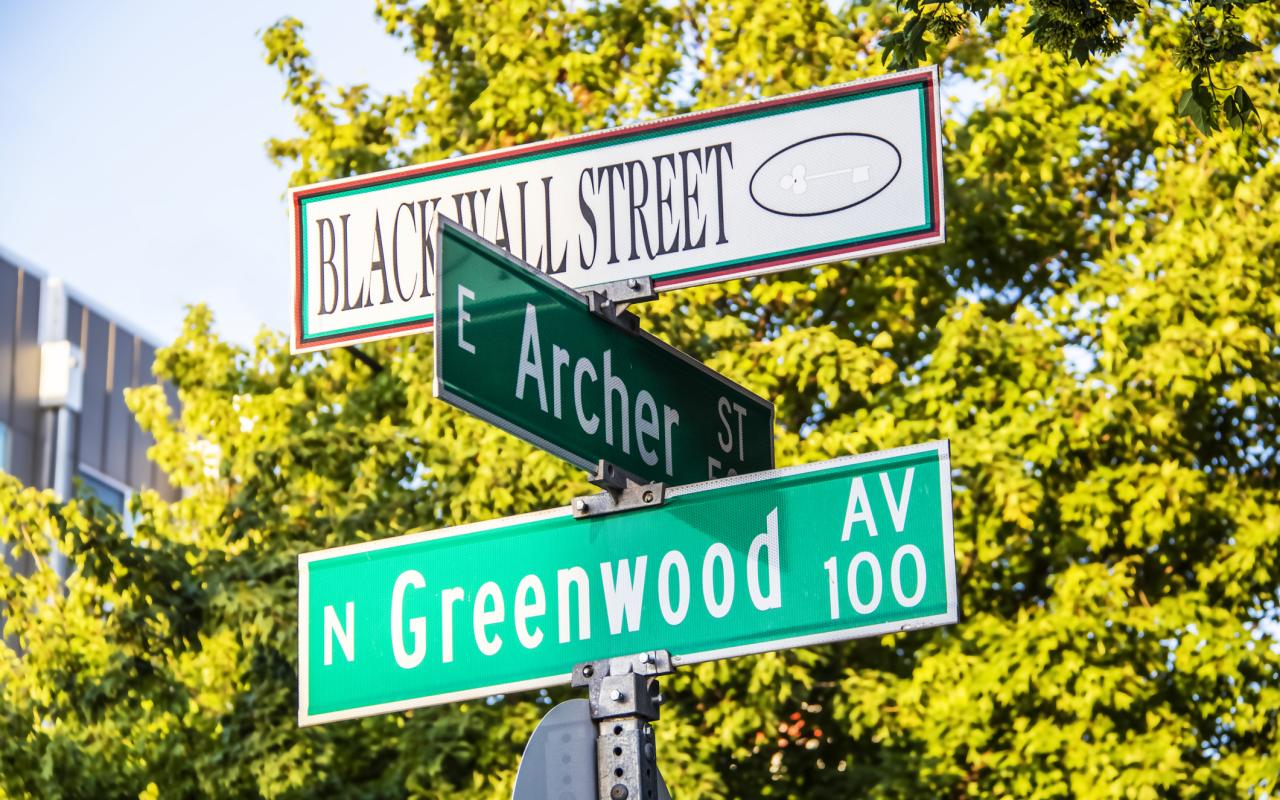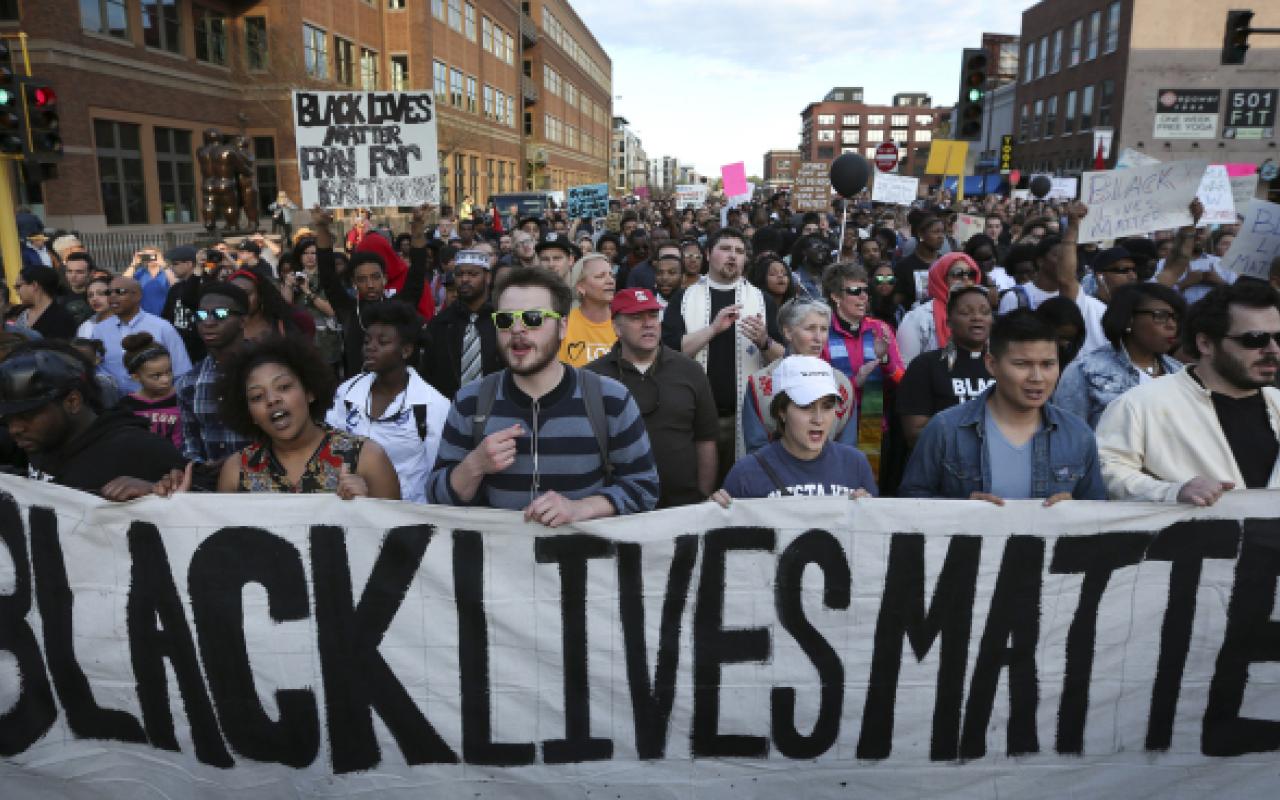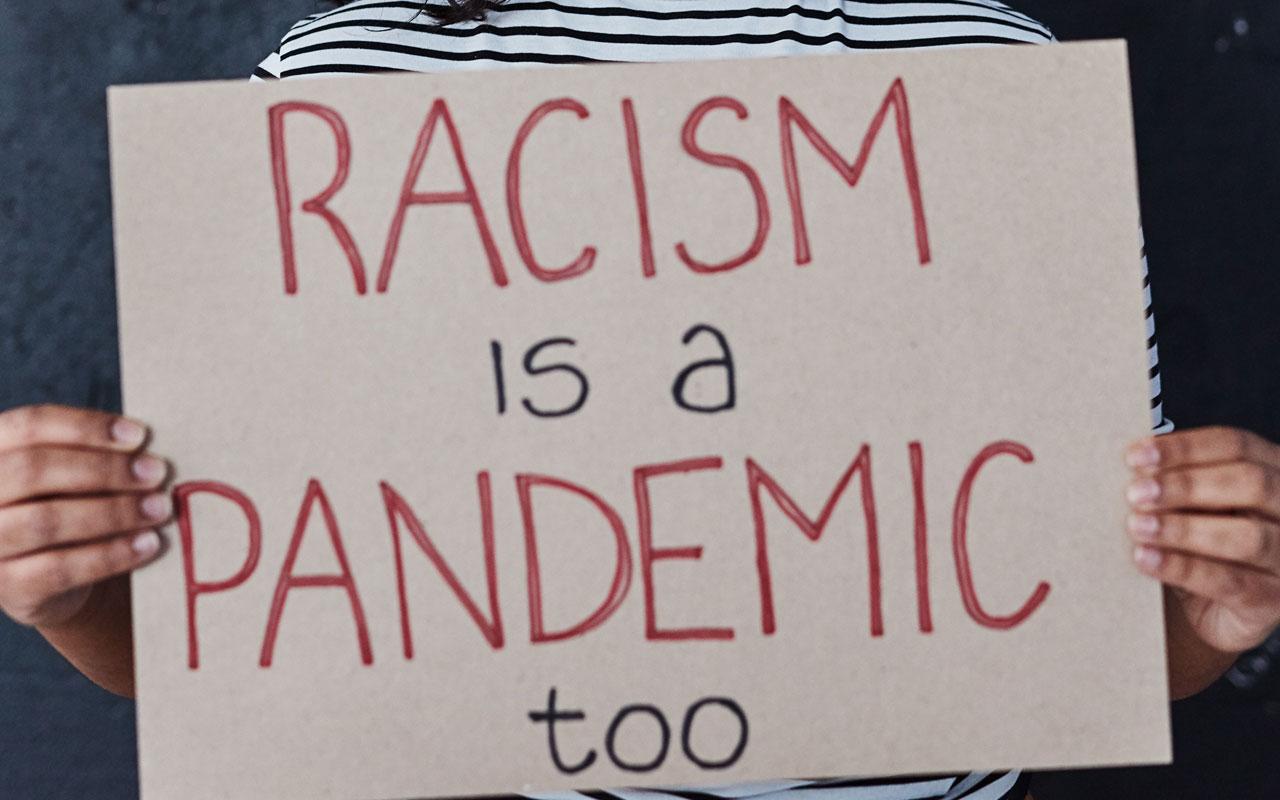Toward a New 'Gospel' of Philanthropy
I recently received an invitation for the 30-year anniversary of the New York City Environmental Justice Alliance, a nonprofit where I served as the founding executive director early in my career. This was long before sitting where I am, now, at the helm of one of the largest foundations in Oregon. I am incredibly proud of the work that the Environmental Justice Alliance has continued and will always remember the blood, sweat and tears that it took to move environment and climate justice forward on the front lines of that movement.
This anniversary has me reflecting on the number of roles I’ve played fighting for a more just world. I’ll admit to some cognitive dissonance here. Now, I am more removed from the day to day frontlines of community work than I have been at any point in my career. And yet, I hold more ability to direct resources toward the solutions that could change our realities in a region — through climate, education, housing and community-building movements — than I have at any other point. This power imbalance is a fundamental truth about philanthropy, one that has long been a part of the relationship between funders and organizations doing the work. And it’s a dynamic I have come to disagree with.
How did we get here, as a field, that our own systems of accountability replicate the very power imbalances and inequities of the systems we’re seeking to change? It’s important to understand that philanthropy is rooted in capitalism, and was founded on the idea that wealth indicates ability. Early U.S. philanthropists such as Andrew Carnegie were clear about this belief. Carnegie outlined this philosophy in an essay entitled, “Wealth,” published in the North American Review over 130 years ago, in June 1889. In this essay, later widely known as “The Gospel of Wealth,” Carnegie writes that the wealthiest in our society should make decisions on behalf of the poorest, for the benefit of those without means. “The millionaire will be but a trustee for the poor,” who stewards vast sums of money “for the community far better than it could or would have done for itself."
If we pull at this thread, it’s clear that Carnegie’s philanthropic gospel has influenced much of the ways we approach grantmaking today as a field. Foundations make decisions about what communities need and direct resources and power to that end. Thirty years ago, when I sat in my office at the Environmental Justice Alliance, I didn’t have time or energy to unpack the ways that funders were gatekeeping important community work, but I knew that when I received an urgent request for a press release from a funder, I was irked.
Modern American philanthropy, to a large degree, is built on Carnegie’s notion that wealthy people are somehow uniquely equipped to solve the wicked problems we face as a society. That wealth is to be administered to the masses in controlled doses, reinforcing the underlying assumption that people who are poor would simply not be able to make sound decisions with the means they need. The Carnegie gospel says it’s someone else's responsibility — namely, the richest among us — to manage solving societal ailments and that the communities most harmed by scarcity, discrimination and divestment are not to be trusted to make their own decisions about what’s best for them and their families.
I am committed to changing this dynamic. It is crucial that those of us working in philanthropy commit ourselves to interrogating the roots of our sector and charting a new and equitable path forward. We in the philanthropic sector must forge a new way of thinking and put that into action.
The simple fact is, there is no one more knowledgeable or better equipped to build a more just world than those who have lived their lives closest to injustice. People with lived experience and communities who outsmart oppression in order to survive and thrive have the keenest and most valuable insights about solutions that remove systemic inequities and dismantle barriers that hold people back. We need to face the truth that it isn't that communities don't have solutions, they are not given the opportunity or resources to put these solutions into play.
With this belief fixed in our minds, Meyer is trying something different.
We are striving to be more intentional in our grantmaking, to do our work in such a way that Black, brown and Indigenous communities, and those who have lived through the problems we’re grappling with have power to direct Meyer’s resources, internally and externally. This means that our partnerships with these communities will ever-deepen, and our focus will remain on the strengths that women and people of color bring to navigating the unjust and antiquated systems that we can together reimagine.
Last Summer, we established Justice Oregon for Black Lives, a multiyear, multi-million dollar initiative dedicated not only to funding Black-led and serving Black organizations, but to - as Program Director D’Artagnan Caliman recently wrote - Black wisdom, resistance, resilience and joy. We are listening to community voices and taking their lead. This is all a part of Meyer’s new gospel. A gospel not only of wealth, but of health and equity, listening and liberation. A gospel of trust in the communities we are committed to serving, not as saviors but as partners. I am beyond excited to announce that our first call for proposals for Justice Oregon grantees will be posted here next Monday, August 23.
We also know that change is not only necessary in what funding goes out our doors, but also the work environment we establish behind them. For the past three years, the staff, leadership and Board of Meyer have embarked on an institutional introspection and culture-shifting journey focused on listening, learning and building the competencies we need to halt and heal the harm of a status quo past. We have a story to tell here, and a promise to the field to show our work so that others may learn from our journey and our lessons learned. We will share more about this process in the coming weeks as well.
I am hopeful that other leaders, philanthropists and foundations will take up the charge by intentionally investing in community power, and structuring work so that people with lived experience are central to defining and creating the solutions their communities need, and given the resources and trust to bring those solutions to life. I know that we can reimagine and rebuild the ways that philanthropy works, hand-in-hand with frontline communities. We can write new verses to this gospel together.
— Michelle
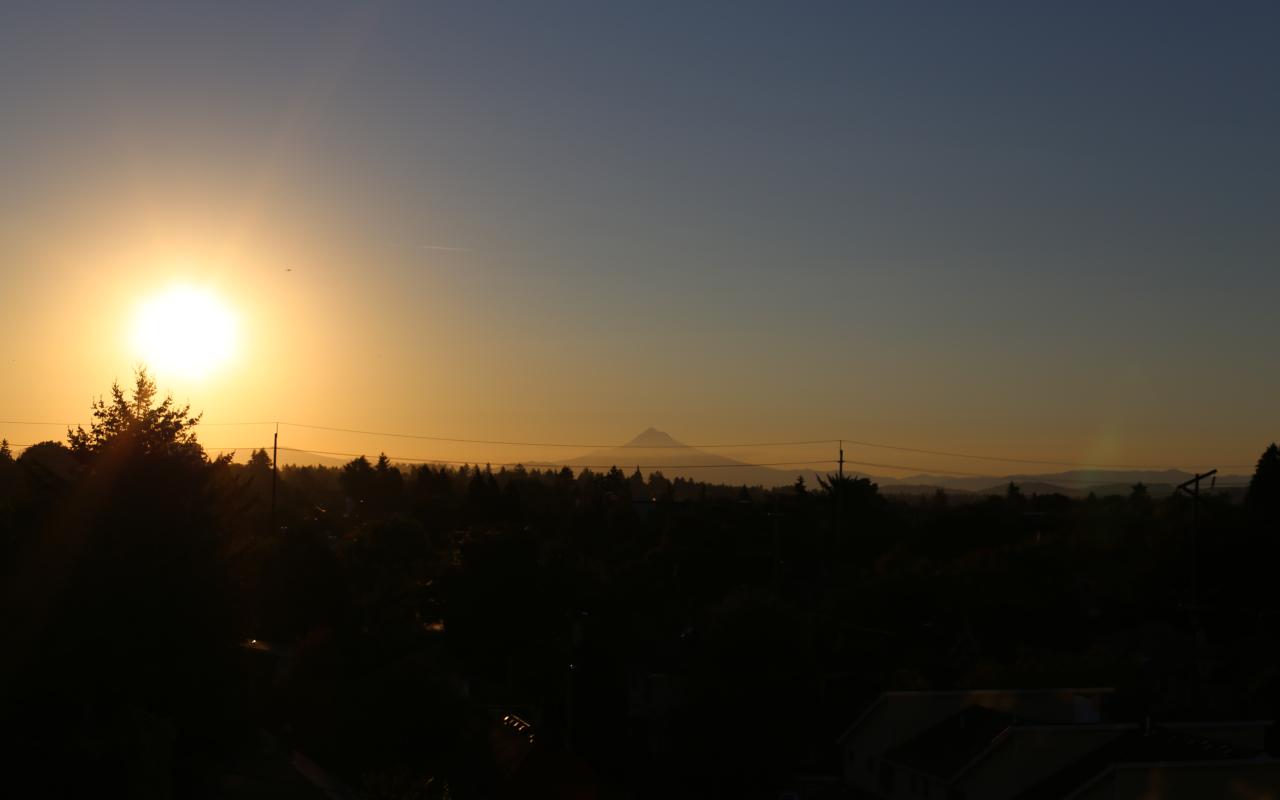
A beautiful sunrise in Oregon

